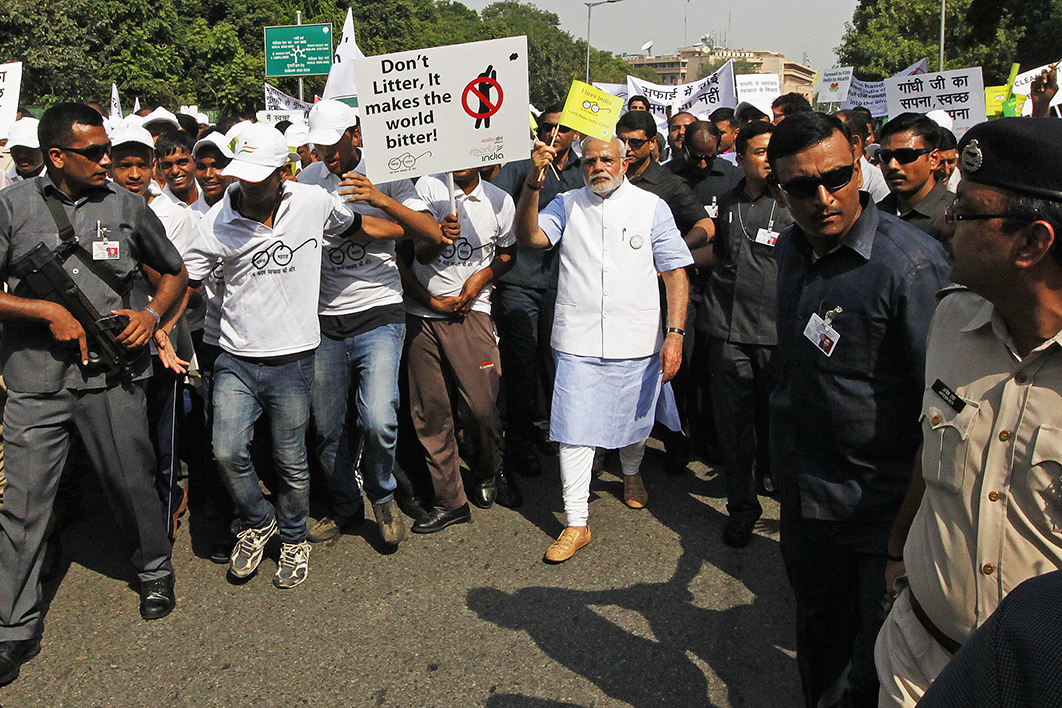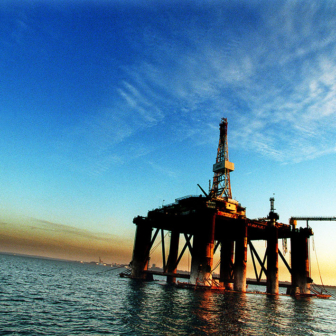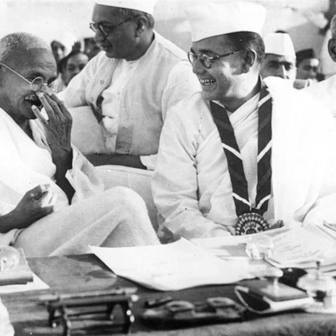As Australian governments agonise over China’s bans on the import of recyclable waste, spare two thoughts for India, which is in the fourth year of a Clean India — Swachh Bharat — campaign. Launched by newly elected prime minister Narendra Modi on Mahatma Gandhi’s birthday in 2014, the campaign aims to eliminate open defecation and put Indian cities on track for world-class sanitation by October 2019.
The first thought to spring to mind might echo The Castle’s Darryl Kerrigan: Clean India? They’re dreaming! But the second thought ought to be that we might learn from India’s experience of three years of costly, multi-pronged attempts to make the country cleaner.
Perhaps the most germane lesson for Australia right now relates to incineration of waste to generate electricity, known as Waste to Energy, or W2E. Japan, Singapore and countries in northern Europe have burned waste for years using high-combustion incinerators. Waste is reduced to about one-tenth of its original bulk, the ash can be used for industrial purposes, and electricity can be generated in the process.
In Singapore, a totally urban, densely populated island, high-combustion incinerators at the city’s extremities burn up to 8000 tonnes of waste a day. The ash gets taken by barge to a foreshore where it’s used to reclaim land from the sea and expand Semakau Island. The main purpose of the incinerators is to keep Singapore clean and tidy.
But complete-combustion incinerators are expensive. The largest, at Tuas South on the west of the island, cost S$890 million in 2000 (about A$700 million in those days). Incinerating up to 3000 tonnes of suitable waste a day, it is capable of producing eighty megawatts of power, 20 per cent of which runs the plant; the rest — enough to serve as many as 65,000 households — is sold into the grid.
These big, expensive plants also need a regular supply of dry, high-calorie fuel. A plant like Tuas South is the magnet for up to 300 ten-tonne truck journeys each day. That’s a lot of noise, fuel, and wear and tear on roads.
Perth looks like having Australia’s first W2E plant, estimated to cost $400 million and start operating in mid 2021. It will handle about 1000 tonnes of waste a day to produce forty megawatts of electricity. At the end of May, Australian Paper proposed to build a $600 million W2E incinerator next to its paper mill in the Latrobe Valley. The target would be a whopping 225 megawatts of electricity.
In certain conditions, complete-combustion incinerators have a place. But they are not the magic wand that pressured politicians, whether in India or Australia, would like to believe they are.
Here, the lessons from India’s clean-up campaign are relevant and cautionary. When large sums of money began to be directed into public sanitation, various operators with bright ideas came forward. In the most unhappy circumstances, local governments were sold quick fixes that did not work. One council contracted for a “moving incinerator,” hitched to the back of a truck, that burned more fuel than it did garbage and was abandoned within months.
Incineration works well in Singapore (and Japan and northern Europe), and it looked a tempting option for India. But as well as being expensive, high-combustion incinerators are fussy, and not just about their diet. If their temperature falls below 850°C, it has to be built up with external fuel, usually diesel. Combustion below 850°C releases toxic dioxin molecules into the air. But if material is burned above 850°C, the molecules break down into their constituent atoms (carbon, chlorine, oxygen and hydrogen), which can be captured and neutralised. The downside is that high-combustion incinerators need relentless maintenance.
A lot of waste gets burned in India, largely through unregulated street-level and farmyard burning, and it pollutes the air. The idea of high-combustion burning appealed to Indian policy-makers, as it does to Australians, because it looks like a way of fixing waste problems and making electricity in the process.
But India’s most recent experiment, the plant at Okhla in the jam-packed National Capital Territory of Delhi, has revealed how dicey high-combustion incineration can be. Its owners blame its failures on the poor quality waste — unsorted, wet, low-calorie and unreliably supplied. Critics say the technology was not up to world standards, the location is too close to densely packed dwellings and the maintenance is inadequate to prevent health-impairing air pollution.
But Delhi is desperate. It has a population of eighteen million in an area of 1500 square kilometres, one-seventh the size of greater Melbourne. A second W2E plant, costing around A$66 million, has been on the drawing board for some time.
Perhaps the clearest legacy of the Clean India campaign is a growing awareness that decentralised waste management works best. That’s not easy. It requires local involvement, motivated people and governments prepared to risk slow, relentless culture-building.
It’s possible, for example, to make both energy and good compost at the same time. Biomethanation stations require a small plot of land to collect wet waste from a neighbourhood. The technique has been around for more than a hundred years — it was invented at the Matunga Leper Asylum in Mumbai in the 1890s — but modern materials make it more flexible. Wet waste is allowed to ferment to release gas that drives a turbine and feeds electricity into the grid; the benign, leftover sediment makes excellent compost.
Stations like these need regular management. In India, labour costs are not the problem. In Australia, they might be.
But the general lesson is that decentralised waste management works. It limits transport costs, road congestion and pollution. New processes hold promise to be able to remake plastics and metals in clean mini-factories that don’t need much more space than a double garage. Such technologies are being trialled by a team under Professor Veena Sahajwalla at the University of New South Wales.
Decentralisation is possible and effective, but it’s hard to begin. And it doesn’t provide the quick fix that worried authorities are desperate for. But quick fixes, as we’ve seen time and again, can turn into prolonged fiascos. •




